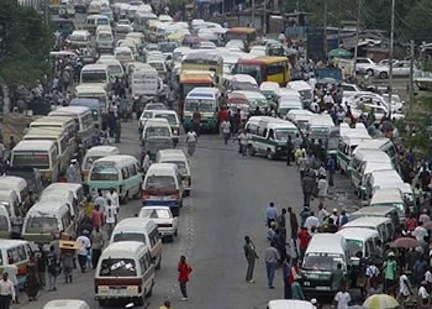
When it comes to getting people to be more active, much of the attention is focused on the improving sports facilities, encouraging people to join the gym or lambasting schools for not doing enough PE.
But could another crucial factor be the way neighbourhoods are designed?
The Royal Institute of British Architects (RIBA) thinks so.
The organisation has carried out an analysis of the nine major cities in England – Birmingham, Bristol, Leeds, Liverpool, London, Manchester, Newcastle, Nottingham and Sheffield – to explore this.
Its researchers looked at housing density and the availability of green spaces.
The least active areas – deprived parts of Birmingham, Newcastle and London – had twice the housing density and 20% less green space than the most active places.
This is important.
Nearly 60% of people living in these cities do not do the recommended levels of activity.
But, crucially, three quarters said they would be happy to walk more and get outside in the fresh air if their local environment was more suitable, according to a poll cited by RIBA.
People cited safer streets and more attractive green spaces as two key factors.
RIBA has published the findings as it wants councils to take note.
Under the shake-up of the NHS last year, local government was given responsibility for public health.
So RIBA president Stephen Hodder said he wanted councils to ensure public health becomes an important part of the planning process.
“It’s vital that planners and developers take the lead and ensure healthier cities,” he added.
To be fair, this is already happening in many places.
Health impact assessments have become a crucial part of the process.
But as always – for councils which have seen their funding cut dramatically in recent years – it comes down to money.
One of the examples of good practice cited by RIBA in its report was the re-development of the Brownfield Estate, an inner-London housing estate.
It under-went a major £7m building programme with money invested from a variety of public and private sources.
The project saw the walk-ways between flats become “green grids” lined with grass and trees, while play areas were created across the site.
Another scheme highlighted was the creation of a natural play area with climbing frames, a water foundation and wetland on a disused field in the former mining town of Huthwaite in north Nottinghamshire.
Once empty, the area is now packed with children (when the weather permits).
But this project was only possible because the area was given over £200,000 of lottery money.
Source: BBC News

